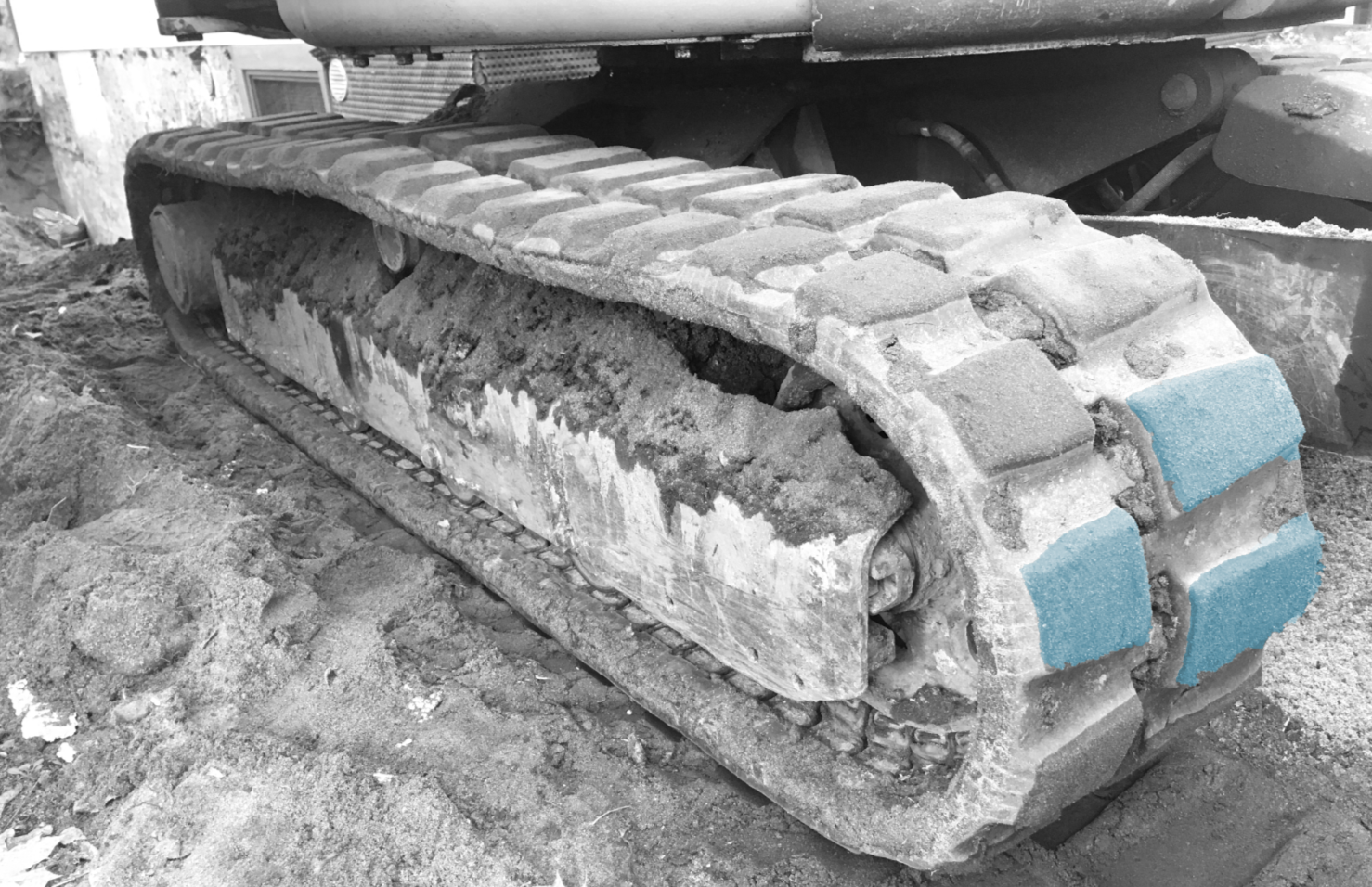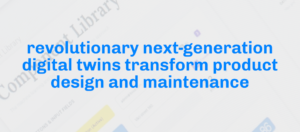When presenting BaseN and our take on IoT and digital twins at a conference, I usually make final mental preparation by observing the room in terms of furniture, air conditioning, audio/video systems, fire alarm, security and other arrangements. I also make notes on the performance of these things based on the audience and other speakers.
In my head I throw questions: How much was the total budget for getting all this arranged, including the building? How many suppliers were needed? How are things maintained? And above all – how much of this is actually obtained as a service – and if so, how much information do the service providers gather from various components’ performance?
In most cases I discover slightly worn out or broken chairs, inoperational microphones, dim projector screens or improperly configured air conditioning resulting in a too hot or cold room. Sometimes the fire alarm display is like a Christmas tree, and sometimes projector screens roll up by themselves and lights flicker.
And then me and others start evangelising how IoT is already.. reality? Connected cars, eHealth, smart cities, agriculture, elevators and more. Yes, it is reality, in pilots..Elsewhere.
So what is the reason for this non-so-critical, but apparent lack of professional care and diligence? In my view, it is mostly the legacy Fire-and-Forget business model created by the first industrial revolution. Things are purchased cheap, with shortening expected lifecycles and then replaced only when broken – in other words, operate-to-fail. Things also get more and more complex and error prone.
When we move to a spime centric model, manufacturers and service providers will finally compete in customer satisfaction, more and more in real time. Each component is in various ways connected back to the provider, and most things in the room are provided as a service. This is a seismic shift to traditional business models, but IoT and spimes will gradually eat away inefficiencies as the smarter and adapting product will prevail over legacy.
The change is not immediate, but if you’re in the business of e.g. conference chairs, you should have a data and service model for your future chairs right now, connected back all the way to your manufacturing and raw material sourcing. Your business will become Chairs-as-a-Service, or no business at all. Let’s get IoT here.
//Pasi





2 replies on “IoT, Elsewhere”
Hello basen.net owner, You always provide helpful diagrams and illustrations.
Dear basen.net administrator, You always provide helpful diagrams and illustrations.